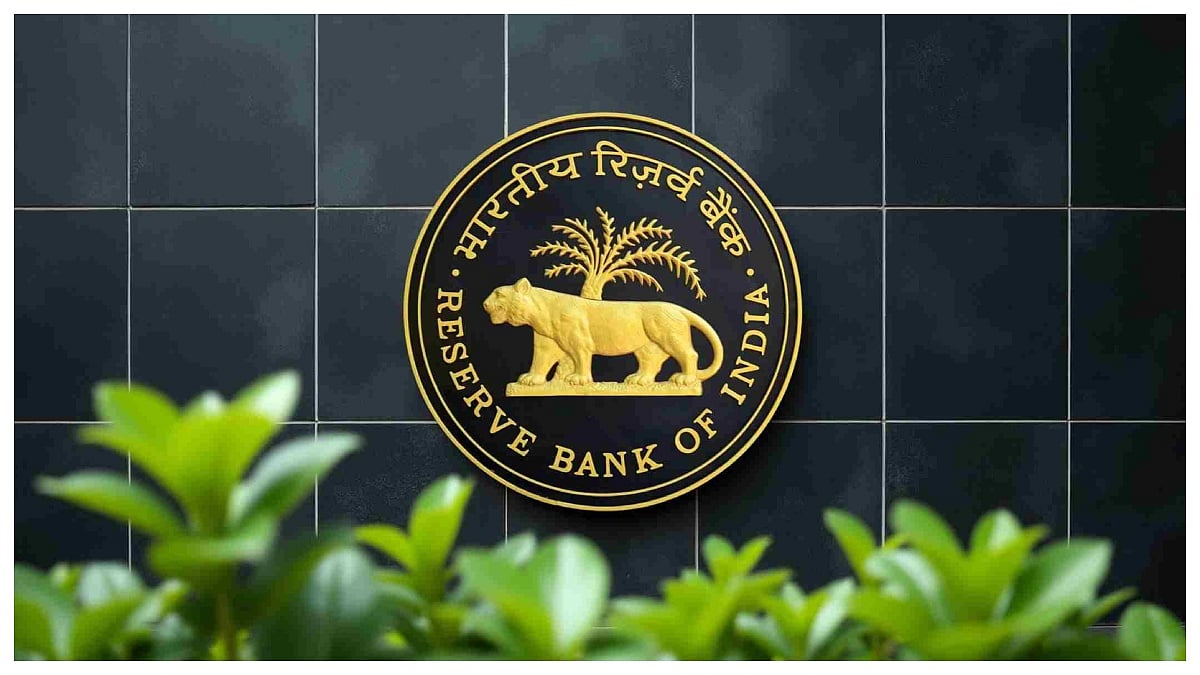Next time, when you shop till you drop at a mall or riffle through your closet for the outfit of the day, make sure to pick only those clothes that are made from eco-friendly materials.
Dresses, suits, t-shirts, trousers, jackets, saris or what have you, your choices should define your personality, reflecting your eco-conscious bent of mind. This should closely align with the directives of zero impact on the environment minus the use of harsh chemicals and pesticides, causing no harm to animals, ensuring minimal exploitation of natural resources, promising fair trade to pay garment factory workers their deserving wages as well as protect them from any untoward incident in their manufacturing units.
Well, sustainability is the current buzzword in the textile and fashion industries, flagging off the movement around slow and ageless fashion.

Fashion hinging on environmentally friendly processes and mediums heralds the style of tomorrow that today’s responsible seamstresses and style icons endorse and campaign for. Hiked demand for organic and recycled materials is steadily gaining momentum all over and its ripples could be felt across and beyond the quarters of the fashion world too. Industry experts and fashion wizards have been voicing their opinions in favour of sustainability for a long time now.
Slow but Steady
The slow fashion movement walks the path of sustainability, protesting the adverse impact on the natural environment and its biodiversity. But how important is this in the current-day fashion industry?
“As the adage goes, ‘slow and steady wins the race’, the slow fashion drive is also here to stay on the bedrock of sustainability, predicting the future of the fashion industry. The very idea is so crucial, considering the massive proportion of carbon emission emanated from the clothing industry. Consumers today are well aware of the environmental issues and are demanding ethically produced goods. This is what has compelled the fashion industry to adopt more sustainable practices of late,” enlightens Sanjay Nigam founder FEF India Fashion Awards.

As the general consciousness about environmental issues grows with consumers visibly seeking more green ensembles from a moralistic perspective, a silent war seems to break out among brands, which are under constant pressure to adopt sustainable practices to minimize their ecological footprint. “This paradigm shift reflects a broader societal need for embracing environmental stewardship as well as inculcating a more sorted and sensible consumption habit, thus making sustainability the keystone of the fashion industry's viability and success,” highlights Dipti Advait, designer and founder of her sustainable fashion label Nouria.
With every field hurtling towards sustainability, can the domain of fashion be left far behind? “Well, slow fashion is a recent trend. Its deep impact could only be felt once the overall industry takes the plunge to transform itself by creating its finished products with sustainable measures incorporated in their manufacturing processes,” insists Sunil Jhunjhunwala, co-founder and director of sustainable the activewear brand TechnoSport.
Keeping the pressing issue of environmental purity and preservation in mind, the promotion of slow fashion is the order of the day. “It involves designing, producing and consuming garments with longevity kept in mind, thereby cutting down on waste and saving biodiversity,” volunteers Gautam Gupta, creative director of the fashion label Asha Gautam.

Material benefits
Several raw materials are nowadays being obtained and put to use for the creation of sustainable fabrics. Organic hemp, organic cotton, organic linen, Tencel, recycled wool, recycled fabrics, lyocell, econyl, piñatex, qmonos, vintage deadstock plus bamboo among others are frequently roped in to give shape to green fashion.
Many such sustainable agents are usually found to be durable in all seasons with low-maintenance appeal, also enriching the soil with nutrients and most importantly, organically grown without the catalyst of chemicals to accelerate the process.
“The aforementioned materials offer alternatives to conventional fabrics, lowering the fashion industry's heavy reliance on resource-intensive and environmentally-harmful materials,” states Advait.
No to synthetic
Often fast fashion compromises on the quality of fabrics by using synthetic fibres, which aren’t subject to a stress test. Ultimately, it reaches a landfill over a short span and takes hundreds of years to decompose.
When enquired about how harmful this is for the environment, Gupta rues that “fast fashion's dependence on synthetic fibres, which are derived from petroleum-based chemicals, causes immense environmental harm. These fibres are non-biodegradable and can take ages to decompose in landfills, releasing harmful chemicals and greenhouse gases in the process. Additionally, the low durability factor of fast-fashion garments induces frequent disposals, overwhelming the landfills and further worsening the problem of textile waste.”
Nigam too concurs that “the use of synthetic fibres in fast fashion and their subsequent disposal in landfills are a major environmental disaster.” Synthetic fibres like polyester and nylon are derived from non-renewable resources like petroleum and need large amounts of energy for production. Also, the persistence of the materials in the environment for centuries explains their non-biodegradable nature.
Second is good
Experts advise people to buy second-hand clothes from thrift stores and charity shops to cut down on the litter piling up with rejected fabrics as well as minimise the period of decomposition in landfills.
“Owning second-hand clothes from thrift stores is a healthy and environmentally-responsible habit that helps diminish waste, conserve resources, defend circular economy and charitable causes, plus offer affordable and unique fashion options. So, you may well gauge that old is the new gold in the market,” instances Advait.
“By giving pre-loved old items an added impetus with a new lease on life, consumers may minimise the environmental impact of clothing production and disposal to a large extent,” believes Gupta. “Additionally, purchasing second-hand items provides a fillip to both charitable organisations and the local communities, promoting social sustainability in turn,” he concludes.











